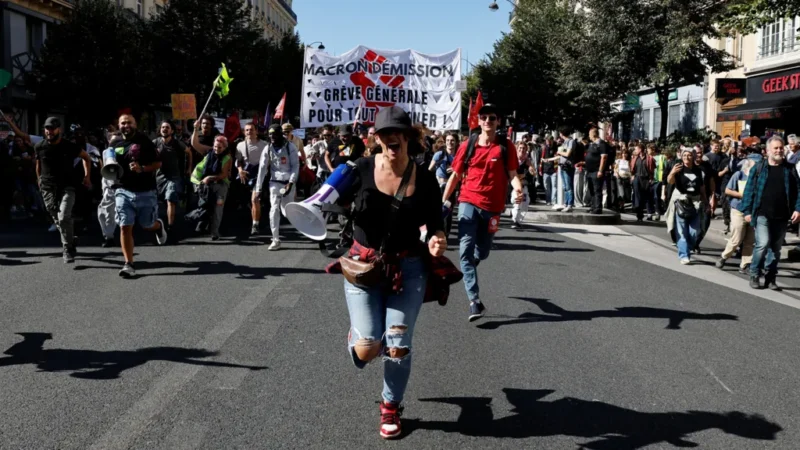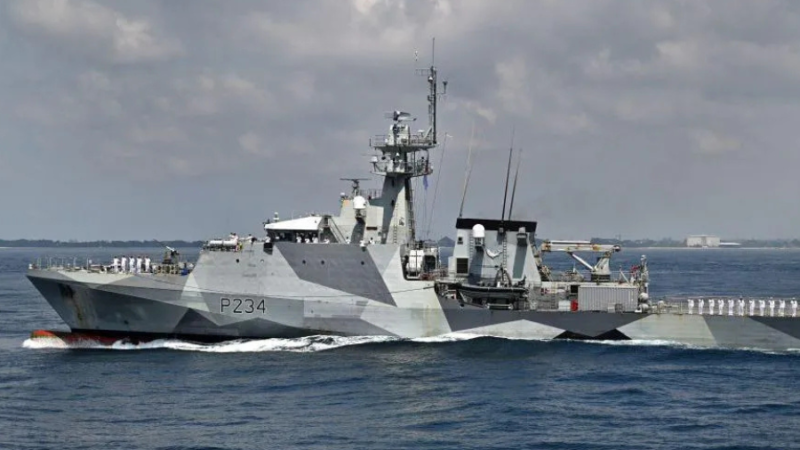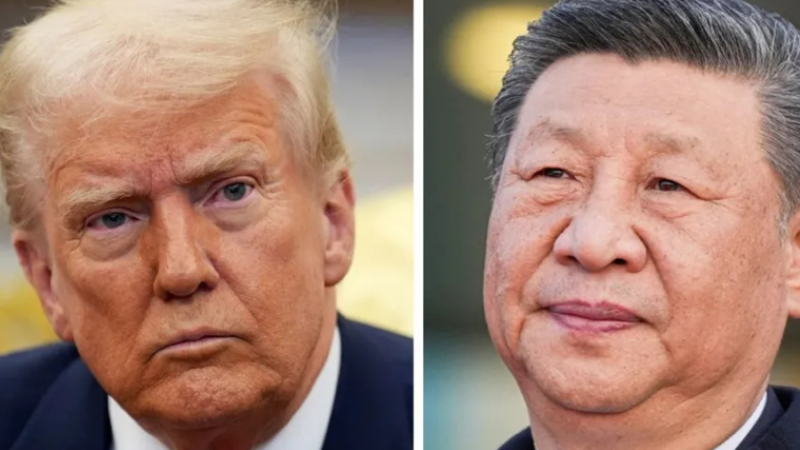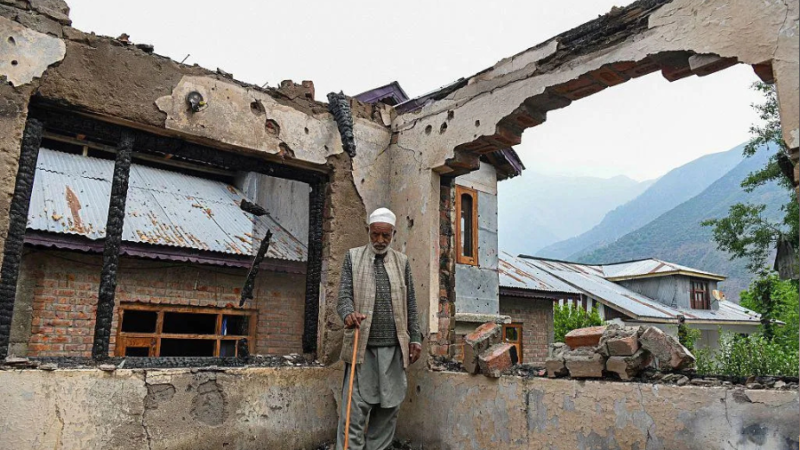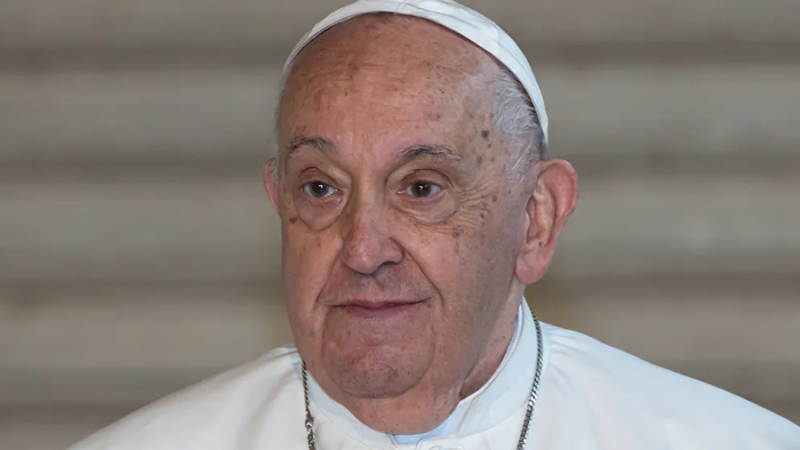What the 2019 Putin-Zelensky Meeting Reveals About the Future of Peace Talks
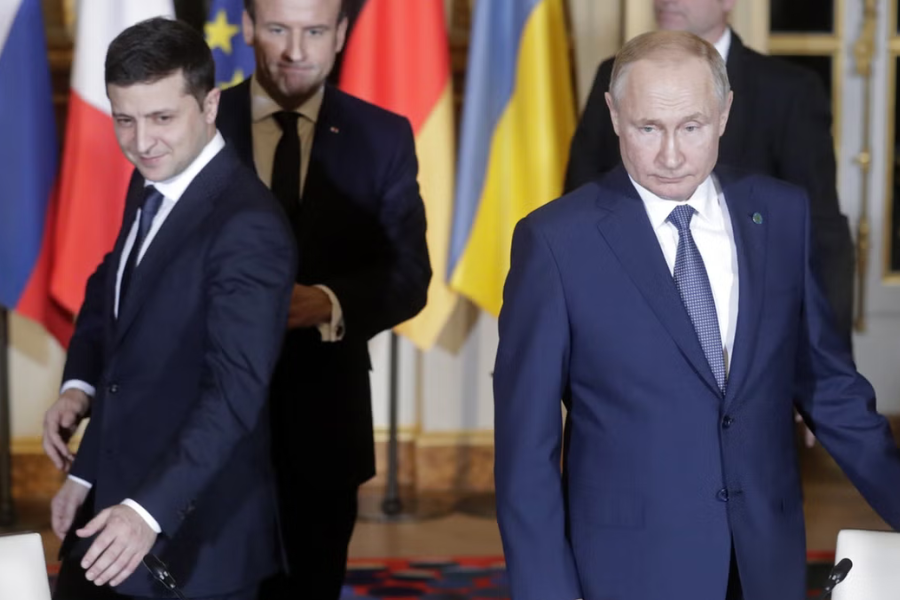
High-level delegations from Russia and Ukraine met again in Istanbul on June 2, 2025 — the second such meeting in a month — but once more, Presidents Vladimir Putin and Volodymyr Zelensky were absent.
Before the first Istanbul meeting in mid-May, there was brief hope that both leaders might sit down face-to-face. However, Putin rejected Zelensky’s offer to meet in person.
Although the two leaders haven’t met in Istanbul, they have met before, once, in Paris in 2019. That encounter, part of the Normandy Format peace talks, now offers important insights into the ongoing challenges facing any path to peace.
The Background of the Normandy Talks
The Normandy Format began in 2014, during ceremonies marking the 70th anniversary of D-Day, and aimed to end the conflict between Ukrainian forces and Russian-backed separatists in eastern Ukraine’s Donbas region. This conflict intensified after Russia annexed Crimea in early 2014.
Over the years, the talks were shaped by two key agreements — the Minsk accords of 2014 and 2015, which outlined steps for a ceasefire and political settlement in Donetsk and Luhansk.
By the sixth round of talks in December 2019, Putin and Zelensky met in person for the first and only time. Zelensky, just months into his presidency, came with hopes of ending the conflict, a key promise of his election campaign.
Zelensky’s Hopes, Putin’s Agenda
Zelensky aimed for concrete results, seeking peace and hoping for a real dialogue with Putin. At the time, their only prior communication had been over the phone.
Putin, meanwhile, came to the talks wanting Western sanctions lifted, though he also sought to keep Ukraine within Russia’s sphere of influence.
After Ukraine’s pro-Russian president was ousted in 2014, Russia aimed to halt Ukraine’s move toward the European Union and NATO.
These conflicting goals — Ukraine seeking peace and independence, Russia seeking regional control — defined the Normandy Format’s boundaries.
While French President Emmanuel Macron claimed the 2019 Paris meeting broke years of deadlock, Zelensky called it “a draw.” Putin saw the talks as “moving in the right direction.”
Why the Talks Failed
Ultimately, the 2019 meeting failed because both sides had opposing views on the peace process.
Zelensky wanted a ceasefire and full control of Ukraine’s borders before holding elections in the separatist regions. Putin insisted elections come first.
Putin also refused to admit Russia was directly involved in the war, framing it instead as a civil conflict. Ukraine and the West rejected that stance.
These fundamental disagreements stalled progress. Just over two years later, in February 2022, Russia launched a full-scale invasion of Ukraine.
The Current Talks in Istanbul
The recent Istanbul meetings mark the first serious attempt since 2019 to resume negotiations. However, many of the same issues remain unresolved, particularly security concerns, the future of Donetsk and Luhansk, and prisoner swaps (the only area of agreement so far).
But much has changed.
Russia can no longer deny its role in the war. And international efforts — particularly from the U.S. — are now pushing for peace frameworks that weren’t on the table during the Normandy talks, including recognition of Russia’s hold over Crimea and parts of eastern Ukraine.
A New Approach, Same Roadblocks
In contrast to the Normandy talks, which involved Germany and France as mediators, the current talks are being led by the United States.
This change favors Putin, who had long argued that the European mediators were biased. However, even with U.S. involvement — and President Donald Trump showing interest in taking over the process — major breakthroughs remain elusive.
A proposed 30-day ceasefire failed to materialize during the May 16 talks in Istanbul, with both sides only agreeing to exchange prisoners. The follow-up meeting on June 2 ended in just an hour — again, only a prisoner swap was agreed upon.
Just like in 2019, getting the two leaders to agree on meaningful steps toward peace is proving difficult — if not impossible.

